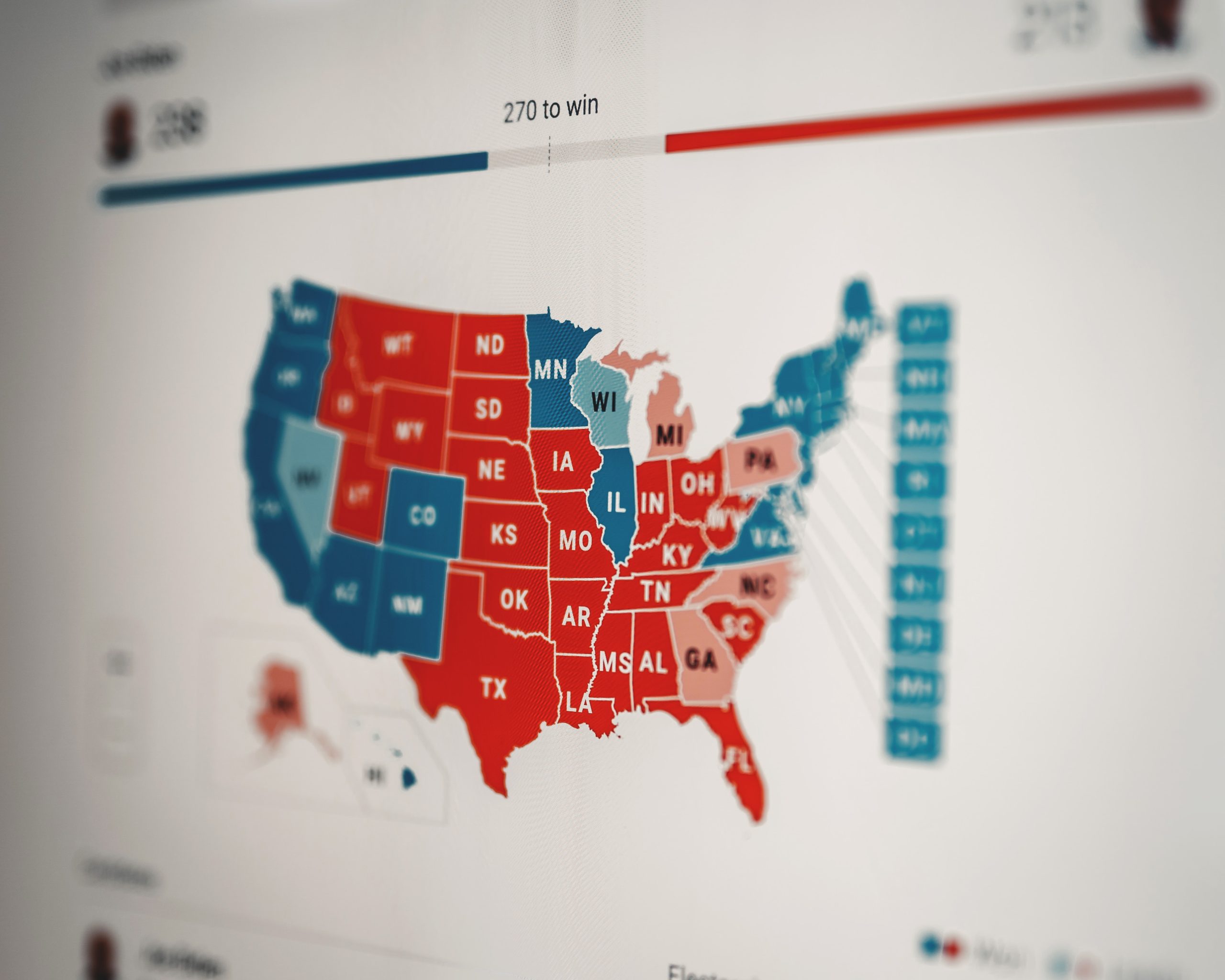The Electoral College has been a cornerstone of American politics since the founding of the country. However, in recent years, it has become a topic of debate as many question whether it is still an effective way to elect the President of the United States. In this article, we will explore the history and future of the Electoral College.
The Electoral College was established in 1787 as part of the U.S. Constitution. The system was designed as a compromise between those who wanted the President to be elected by popular vote and those who wanted Congress to select the President. The Electoral College consists of 538 electors, with each state receiving a number of electors equal to the number of representatives it has in Congress, plus two for its senators.
The electors are chosen by each political party in the state, and they meet in their respective state capitals to cast their votes for the President and Vice President. The candidate who receives a majority of the electoral votes (270 or more) wins the election.
The Electoral College has come under criticism in recent years, particularly after the 2016 election when Hillary Clinton won the popular vote but lost the electoral vote to Donald Trump. Critics argue that the system is outdated and undemocratic, as it can result in a candidate winning the presidency without winning the popular vote.
Proponents of the Electoral College argue that it is an important safeguard against the tyranny of the majority. They point out that the system ensures that candidates must win a broad range of states in order to win the presidency, rather than just focusing on densely populated urban areas.
There have been several attempts to reform or eliminate the Electoral College over the years. One proposal is to adopt a national popular vote system, in which the candidate who wins the most votes nationwide would become president. This proposal has been endorsed by several states, which have passed legislation agreeing to award their electoral votes to the winner of the national popular vote, regardless of the outcome in their own state.
Another proposal is to change the way electoral votes are allocated, so that they are awarded proportionally rather than winner-take-all. This would ensure that candidates receive electoral votes in proportion to the number of votes they receive in each state.
Despite these proposals, the Electoral College remains in place, and it is unlikely to be eliminated any time soon. Changing the system would require a constitutional amendment, which would require the approval of two-thirds of both the House of Representatives and the Senate, as well as three-fourths of the states.
In conclusion, the Electoral College has been a controversial aspect of American politics for over two centuries. While some argue that it is an important safeguard against the tyranny of the majority, others believe that it is undemocratic and outdated. Despite ongoing debates and proposals for reform, it is likely that the Electoral College will remain in place for the foreseeable future. However, as the country continues to evolve, it is important to reexamine and consider alternative systems that may better serve the needs of the American people.




